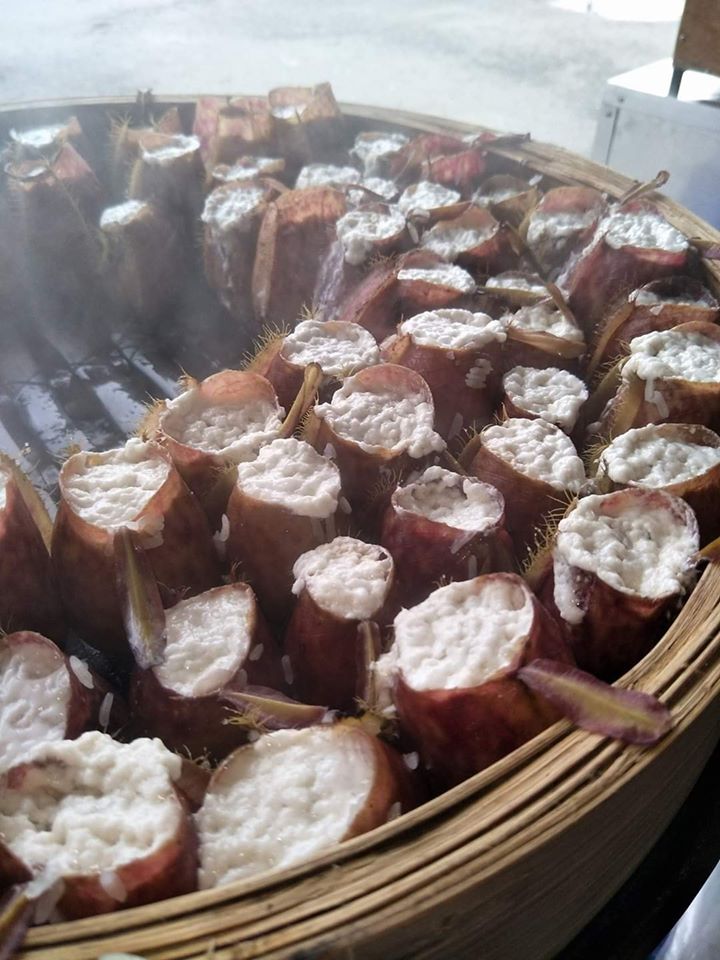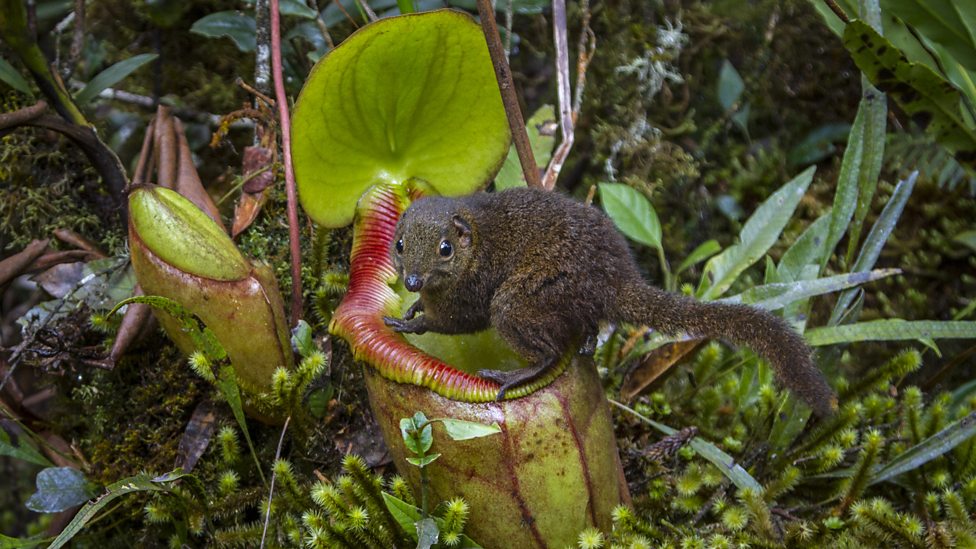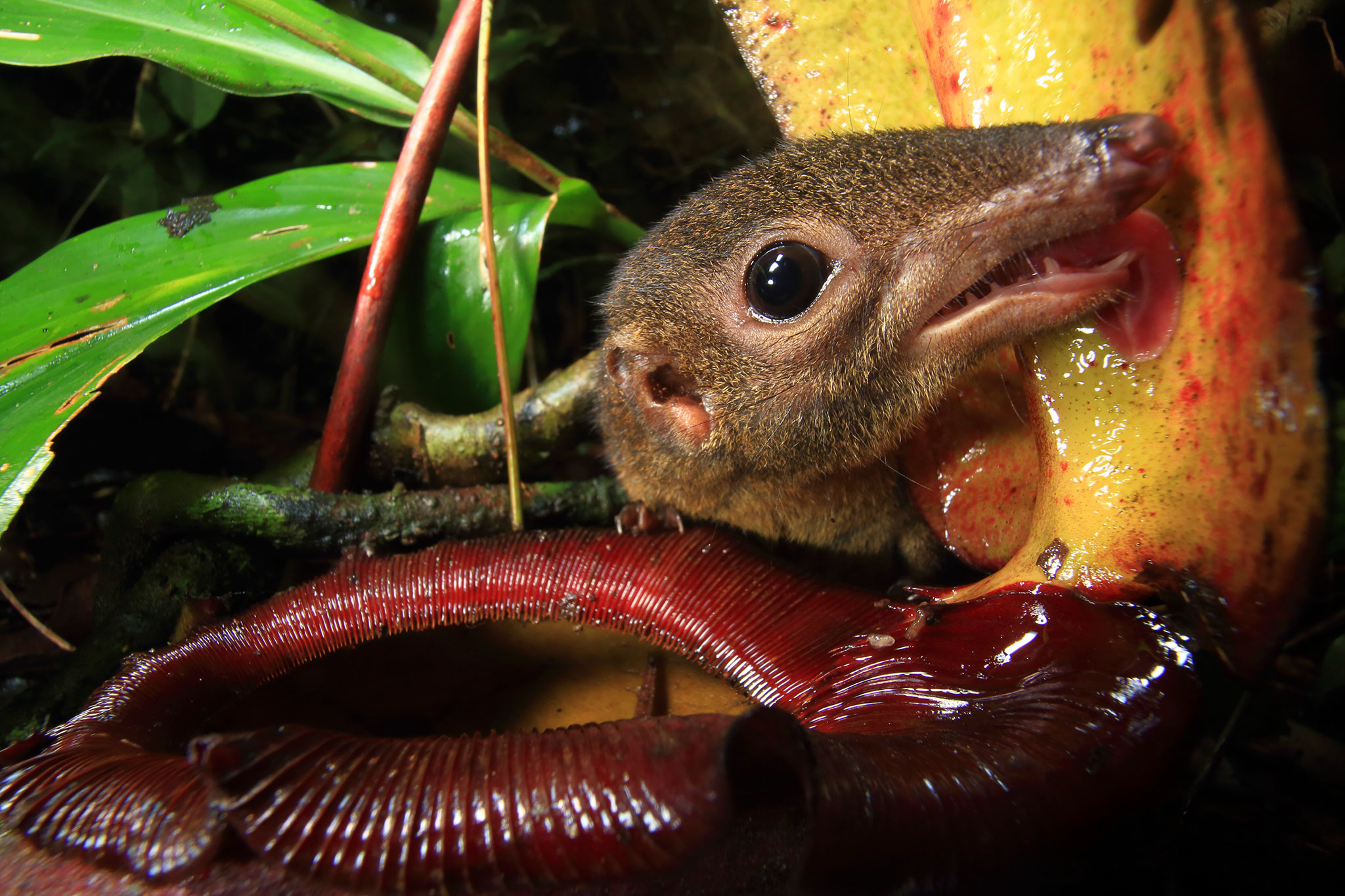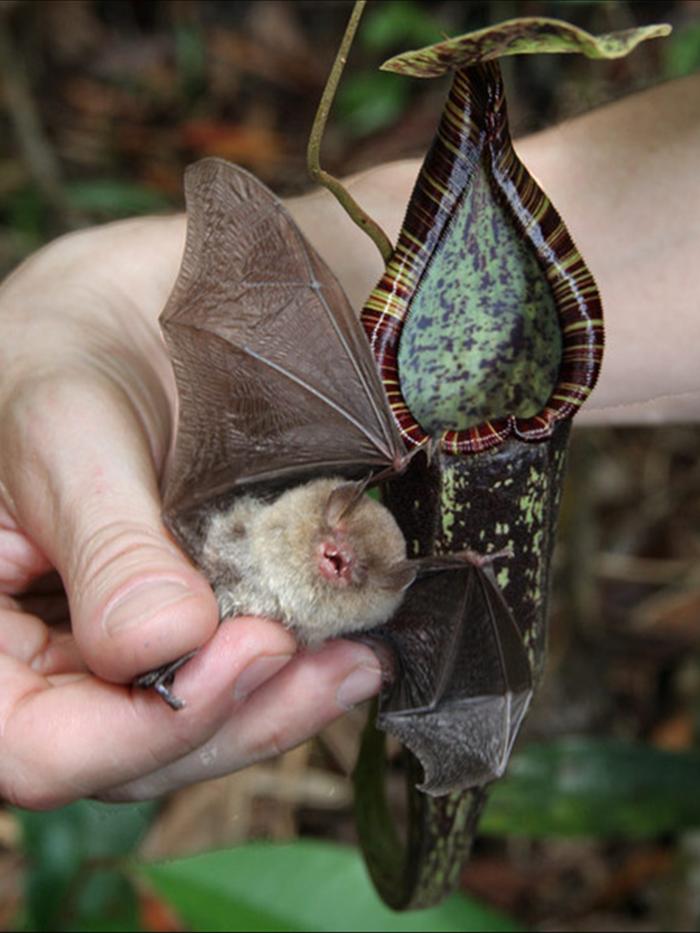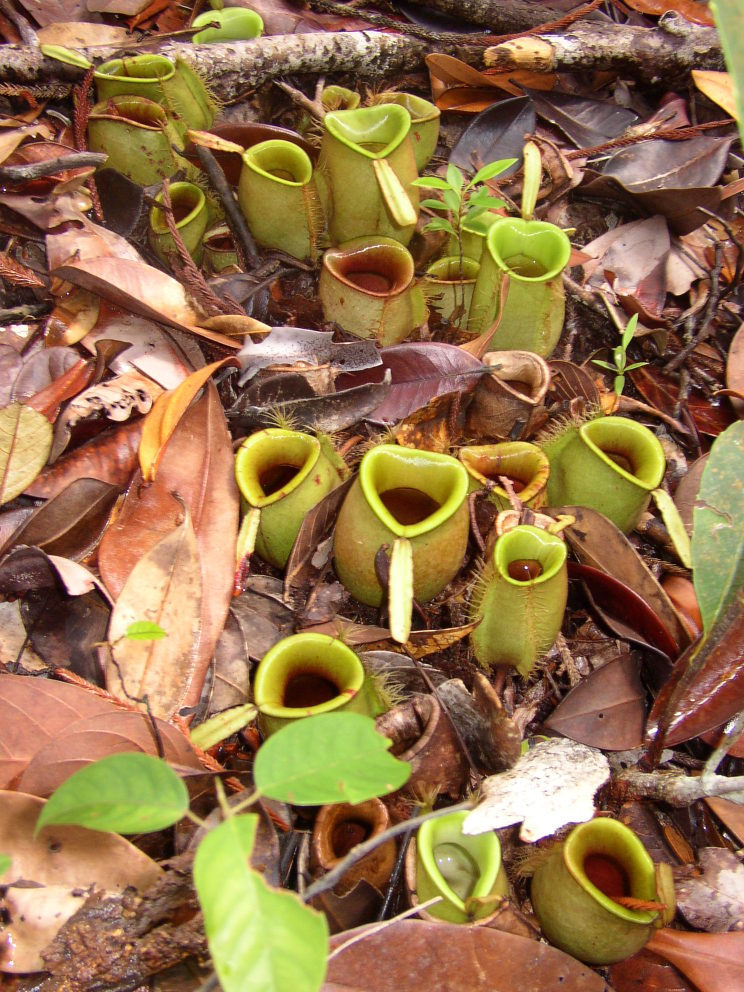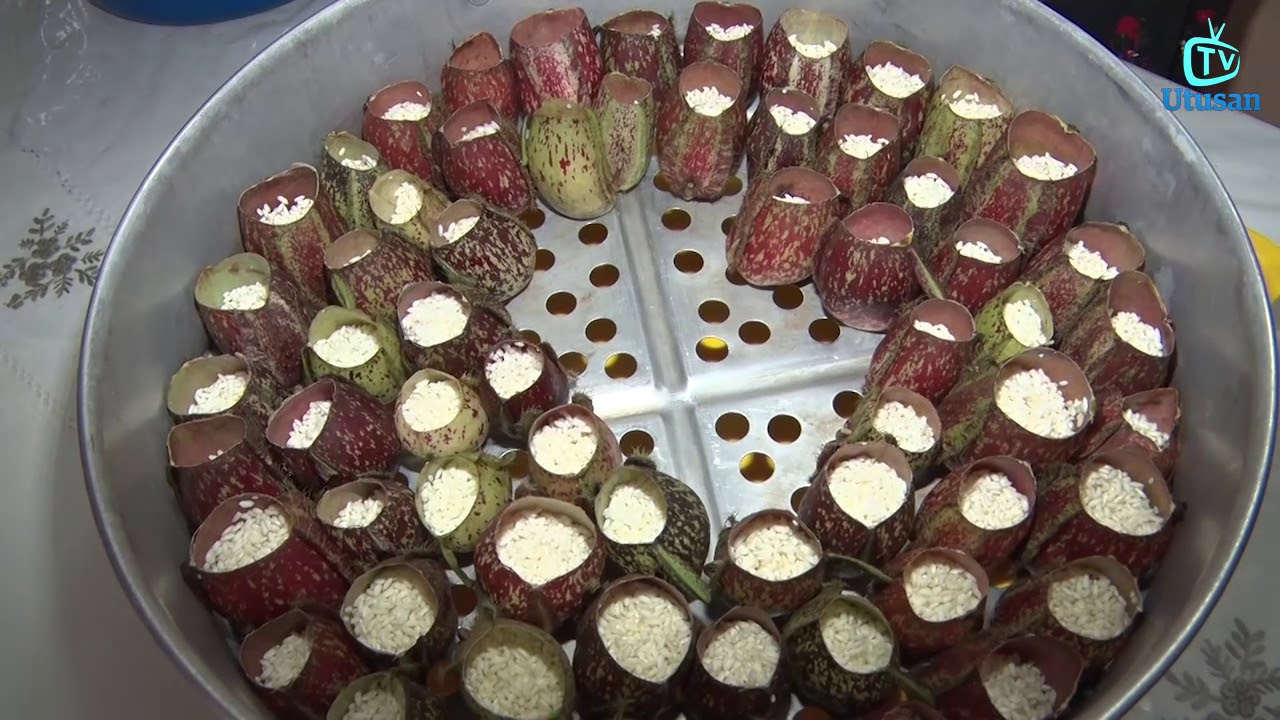Use Of Pitcher Plant For Lemang Still Popular Despite Being Toilet For Bats And 'Tupai'
The pitcher plant is also at the brink of extinction.
As Hari Raya approaches, there has been an increased demand for festive delicacies all around Malaysia.
One particular dish that remains quite popular is the pitcher plant lemang (lemang periuk kera).
It is made up of glutinous rice stuffed inside the cupped leaves of pitcher plants.
A quick search on social media revealed that a lot of people are advertising their pitcher plant lemang businesses online.
The average price is RM2 to RM4 per piece and just like the common lemang served inside bamboo, it's often paired with other dishes such as rendang and kuah kacang.
According to Astro Awani, a woman in Kuala Kangsar has been selling up to 1,000 pieces of pitcher plant lemang a day throughout the Movement Control Order (MCO) period.
She said that the dish is sought after due to its unique aroma and rich taste.
However, the use of the pitcher plant in cooking has been in question for many years as it is known to be a 'toilet' for animals such as bats and tree shrews
A report by Science Alert states that the plant has evolved from eating bugs to devouring nutrient-rich animal droppings to survive at locations where insects are scarce.
The pitcher plant uses nectar to attract small mammals like tree shrews (Tupaia glis) that are more commonly known in Malaysia as tupai. Jonathan Moran of Royal Roads University in British Columbia told Live Science that the plant is "basically a toilet complete with a feeding station".
Researchers at the University of Brunei Darussalam have also conducted a study on the relationship between pitcher plants and bats.
They found that the plants offer the bats a cool place to stray away from parasites and other competition, while the bats keep the plants well-fertilised with their droppings.
Many Malaysian environmentalists have also previously voiced out their concerns regarding lemang periuk kera consumption.
This is due to the fact that the pitcher plant is at the brink of extinction.
Dr Mohd Norfaizal Ghazali, a senior researcher under the Agrobiodiversity Resources Conservation and Sustainable Utilisation Programme told New Straits Times that during one of his expeditions to a local forest, his team could not find any pitcher plants at the same area it was found growing in abundance five years ago.
In a separate report, New Straits Times stated that Universiti Kebangsaan Malaysia (UKM) research fellow in ecology and biodiversity Professor Emeritus Datuk Dr Abdul Latiff Mohamad had previously called on the Forestry Department to gazette all 13 pitcher plant species found in Peninsular Malaysia.
He demanded for them to be placed under the list of preserved and conserved plants.
Last May, environmental activist and Malaysian Nature Society Pahang chairperson Jehan Bakar went viral for raising awareness on the effects of pitcher plant lemang consumption.
She wrote, "We should abstain from eating it, and tell our families and friends to do so too. The lack of demand for [pitcher plant lemang] will reduce the over harvesting of the Nepenthes species and allow it to reproduce in its wilderness."

